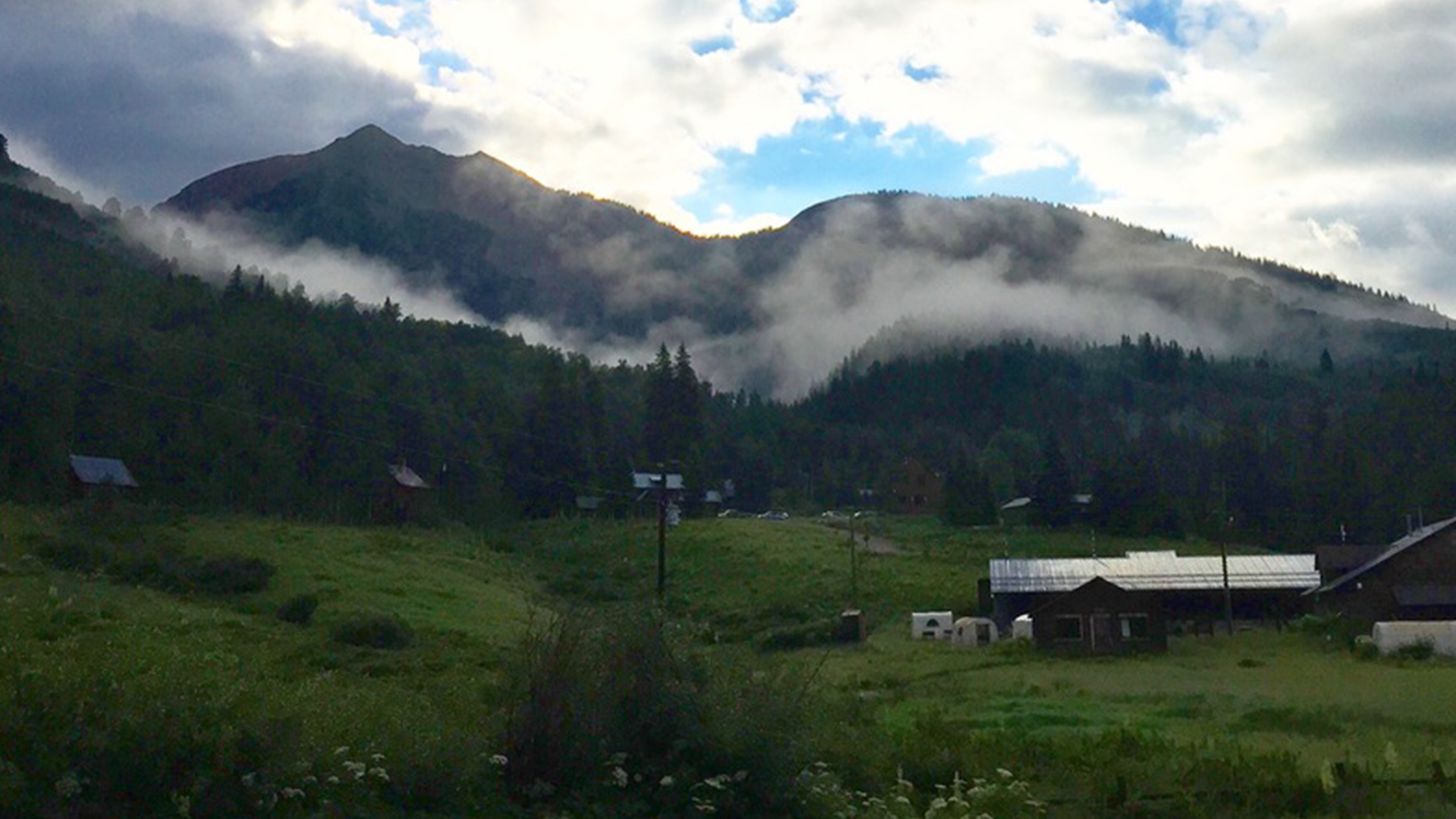Photos in this article are courtesy of Dr. Lauren Carley.
The findings of researchers affiliated with 20 universities, including Duke and Augustana Universities, are published in Nature Ecology & Evolution. AU Assistant Professor of Biology Dr. Carrie Olson-Manning contributed to the research in the paper titled, “Ecological Factors Influence Balancing Selection on Leaf Chemical Profiles of a Wildflower.” The team conducted extensive research on the survival and reproduction of a wild native relative in the broccoli family, Boechera stricta, commonly known as “rockcress.”

“This is the most thorough research to date,” said Olson-Manning. “The findings from this study will change the way people think about their fieldwork. It’s the first example where people have done this level of observation to understand what maintains variation in populations.”
Variation in nature is everywhere. Plants grow in a meadow flower at different times. A litter of puppies differ in temperament as well as how large they will become. We humans vary in our propensity to get certain inherited diseases. Olson-Manning said this variation, encoded in our DNA, is crucial for species to adapt to new or changing environments. If all of the plants in a meadow bloom too soon, the flowers could be killed by frost and the plants lose their chance to reproduce. However, she said, if there is variation for flowering time, an early frost does not spell doom for an entire population.
Olson-Manning added, “Yet, for more than a century, biologists have been puzzled by the sheer amount of variation in nature. Based on what is known about the forces that cause populations to change, variation should decrease, not be maintained."
 According to Olson-Manning, past research on this species of Boechera stricta showed that populations of “rockcress” varied in the type of anti-herbivory chemicals they produced. The study found that these chemicals are important for deterring insects and may also increase a plants ability to withstand drought. One variant of the chemical makes the plants more resistant to insect attack and more susceptible to drought. The other variant is more drought resistant, but tastier to bugs. Add to that year to year variation in insect populations and precipitation, neither variant can become too prevalent in the population, and variation in the population is maintained.
According to Olson-Manning, past research on this species of Boechera stricta showed that populations of “rockcress” varied in the type of anti-herbivory chemicals they produced. The study found that these chemicals are important for deterring insects and may also increase a plants ability to withstand drought. One variant of the chemical makes the plants more resistant to insect attack and more susceptible to drought. The other variant is more drought resistant, but tastier to bugs. Add to that year to year variation in insect populations and precipitation, neither variant can become too prevalent in the population, and variation in the population is maintained.
This mechanism of spatial and temporal variation maintaining variation in a population is termed “balancing selection.” The theory of balancing selection has existed in the literature for decades, said Olson-Manning, but few studies have demonstrated it in the field. What made this study different is the nearly decade-long research conducted primarily at Rocky Mountain Biological Laboratory in Crested Butte, as well as other locations in Colorado and Idaho, combined with follow-up controlled greenhouse studies.
 “Although a lot of research is left to be done, it is likely that balancing selection is an important factor helping maintain genetic diversity in many species populations. In an uncertain world, balancing selection ensures that no one variant becomes too common," Olson-Manning said.
“Although a lot of research is left to be done, it is likely that balancing selection is an important factor helping maintain genetic diversity in many species populations. In an uncertain world, balancing selection ensures that no one variant becomes too common," Olson-Manning said.
Dr. Lauren Carley (pictured right, using an insect extractor at Rocky Mountain Biological Laboratory) served as the lead author in the field, with Dr. Thomas Mitchell-Olds as the senior author. Olson-Manning, who has been an Augustana faculty member since 2016, joined the team of researchers midway through the study when she was studying for her Ph.D. at Duke. When Olson-Manning left, others continued the work.
Funding from the National Institute of Health, National Science Foundation and Ministry of Science and Technology made the research possible.
To learn more about how to get involved in research opportunities at Augustana, visit augie.edu/biology. To learn more about Olson-Manning’s personal research, visit milkweedflower.org or carrieolsonmanning.com.
